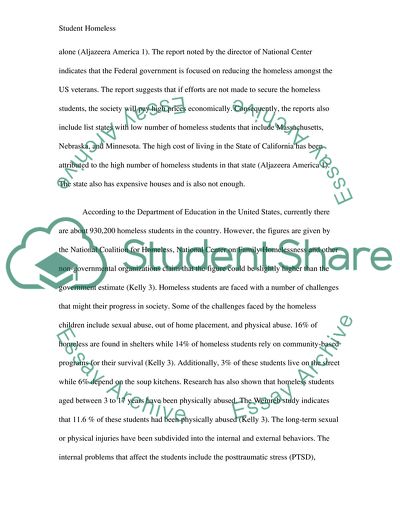Cite this document
(How to Solve a Problem of Homeless Students in the US Research Paper, n.d.)
How to Solve a Problem of Homeless Students in the US Research Paper. Retrieved from https://studentshare.org/social-science/1865051-homeless-students
How to Solve a Problem of Homeless Students in the US Research Paper. Retrieved from https://studentshare.org/social-science/1865051-homeless-students
(How to Solve a Problem of Homeless Students in the US Research Paper)
How to Solve a Problem of Homeless Students in the US Research Paper. https://studentshare.org/social-science/1865051-homeless-students.
How to Solve a Problem of Homeless Students in the US Research Paper. https://studentshare.org/social-science/1865051-homeless-students.
“How to Solve a Problem of Homeless Students in the US Research Paper”, n.d. https://studentshare.org/social-science/1865051-homeless-students.


